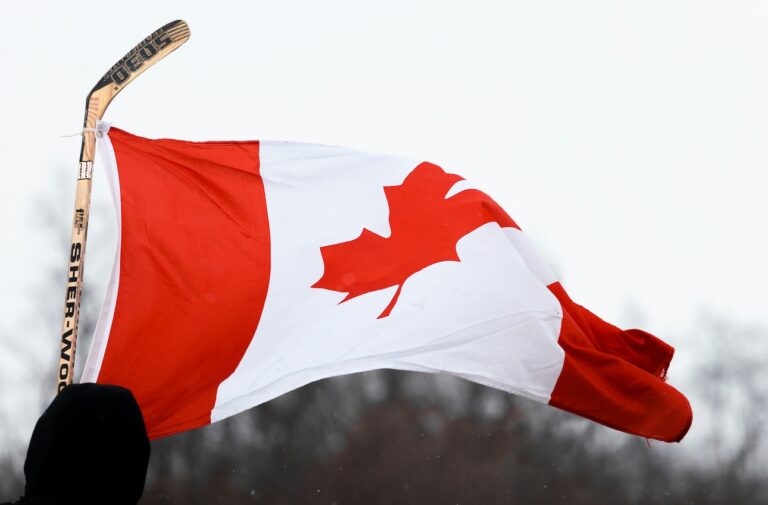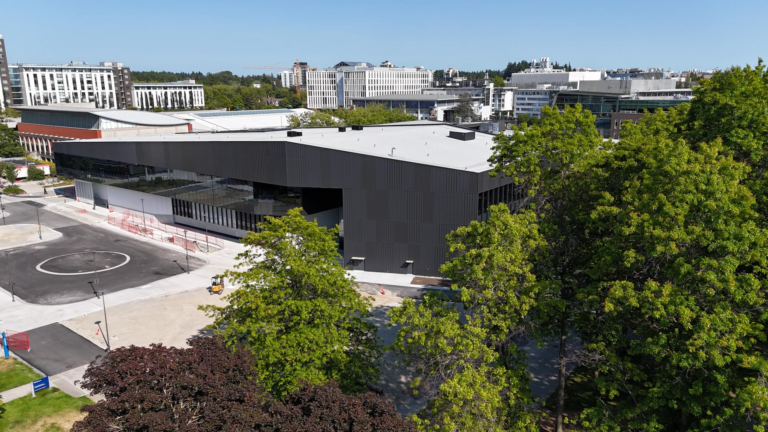Caring for our forests this camping season
We spoke with forestry PhD candidate and BC Registered Professional Forester Ira Sutherland about respecting and caring for the forests around us as we go camping this spring and summer.


B.C. has 644 provincial parks with more than 10,000 car-accessible campsites. With the weather warming up, it is the perfect time to head outdoors, enjoy nature and bask in the sunlight.
We spoke with forestry PhD candidate and BC Registered Professional Forester Ira Sutherland (he/him) about respecting and caring for the forests around us as we go camping this spring and summer.
What should campers know about our parks and forests?
In B.C., we have privileged access to spectacular nature that is full of beautiful, fascinating wildlife and greenery. Spending time outdoors is important to our social relationships as well as our physical and mental health. Building a relationship with and around nature can improve overall wellbeing and quality of life. We are visitors to these places, so we have a responsibility to care for our forests and leave them as good or better than we found them.
How can campers care for the wildlife around them?
We should be proactive when camping. Run a tight ship, as they say. Keep track of your items, be fire smart, and give yourself extra time to clean up. Observe wildlife from a distance. Never approach or feed them. Feeding wildlife, bears for example, can make them accustomed to humans which is dangerous for them and for other campers. So take only photos, leave only footprints. Remember that we are sharing the forests with the animals.
How can we care for the plants and trees?
After recent destructive fire seasons, being fire smart is more important than ever. Check for fire bans before you go. Only light fires when and where they’re permitted. Keep water at hand, and extinguish the fire until it is no longer warm to the touch. Avoid transporting firewood, which can harbour pests and disease. Rules exist for good reason and it’s important that we follow them.
As a tree expert, what kinds of foliage are campers most likely to encounter?
These days, there are fantastic books and technology that can help you identify trees and plants. There are apps such as Seek that you can download on your phone, which will prompt you to take photos of the plant and identify the species for you. In provincial parks, there are mostly native species, so you’re unlikely to find non-native trees like those planted in our cities and neighbourhoods. The variety of trees you’ll see depends on the region you’re in, but there are relatively few so it’s not too difficult to learn them.
Is there anything else campers should know?
In addition to learning to respect our forests and wildlife, be kind and considerate toward your fellow campers. Be patient on the journey to get there and make friends when you arrive. There’s a great website called Nativeland.ca where you can learn about what traditional First Nations territories you travel through. We can learn a lot about respecting the forest, wildlife and each other from the First Nations who have cared for these lands since time immemorial.



